Sumo Wrestler Futabayama
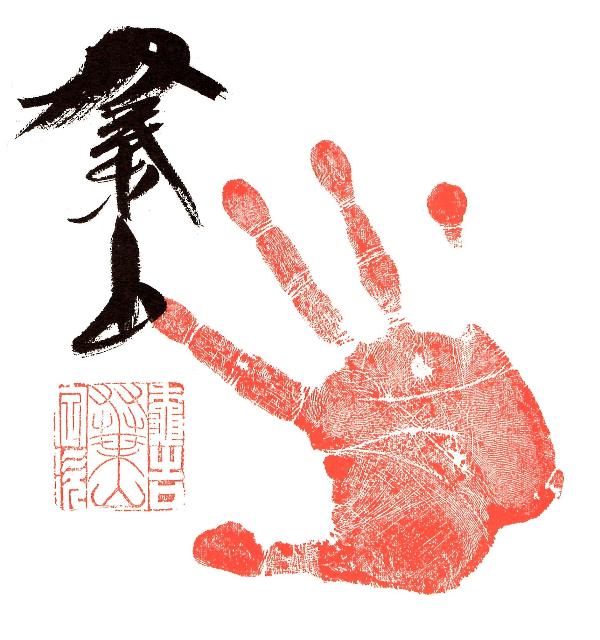
Futabayama’s handprint and autograph
Usa is the hometown of Futabayama (born Akiyoshi Sadaji, 1912–1968), a professional sumo wrestler who reached the highest rank of yokozuna (grand champion). His most outstanding achievement is 69 consecutive victories in sumo bouts, a record that is still unsurpassed. Futabayama enjoyed a successful career that lasted nearly two decades, retiring with 12 championship wins in the top division.
Futabayama entered the Tatsunami sumo stable in 1927 at the age of 15 and rose through the ranks of professional sumo over the following decade, even managing to defeat a yokozuna while still a lower-ranked wrestler. His famous winning streak began in 1936 and continued for nearly three years. Futabayama earned the second-highest rank of ozeki (champion) in 1936 and became the 35th yokozuna in 1937. The following year, a special event was held to mark Futabayama’s promotion to yokozuna at the Usa Jingu Shrine, where he performed a symbolic dohyo-iri (ring-entering ritual) in front of the deities at the Jogu (Upper Shrine).
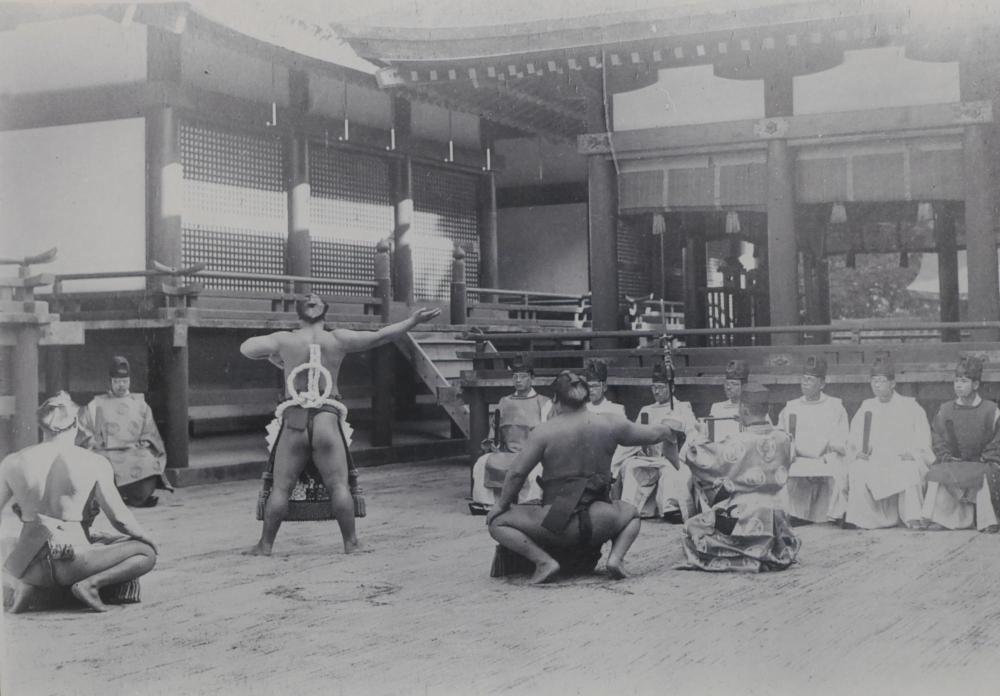
Futabayama performing a symbolic ring-entering ritual at Usa Jingu Shrine
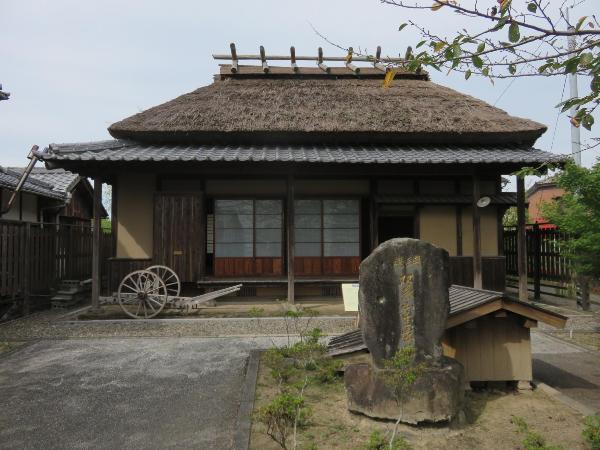
After Futabayama’s retirement in 1945, the public learned of two childhood injuries that had put the sumo wrestler at a disadvantage in the ring. He was blind in his right eye, and part of his right little finger had been crushed while helping out with the family fishing business. The fact that Futabayama persevered despite these hardships made his career all the more admirable to his supporters.
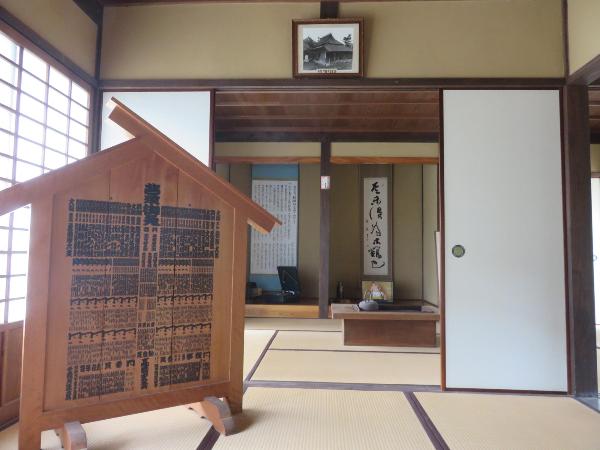
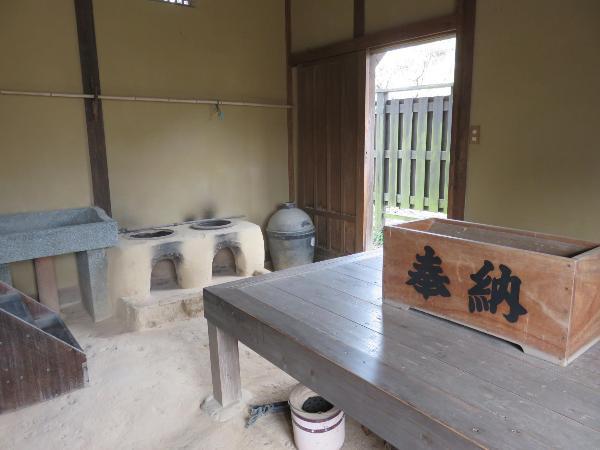
Futabayama’s childhood home
Futabayama went on to coach wrestlers as the head of his own sumo stable and served as the chair of the Japan Sumo Association from 1957 until his death in 1968. In 1999, a small museum called Futaba no Sato opened near his childhood home, which has also been restored. The museum features a detailed timeline of Futabayama’s life and career, video footage of his bouts, a large statue of the wrestler in formal yokozuna ceremonial dress, his ornate kesho-mawashi (a silk loincloth with a large embroidered front panel worn in pre-bout ceremonies), as well as numerous photos, documents, and personal items. Most explanatory text is in Japanese, but an abundance of visual materials helps to convey more about the famous yokozuna from Usa.
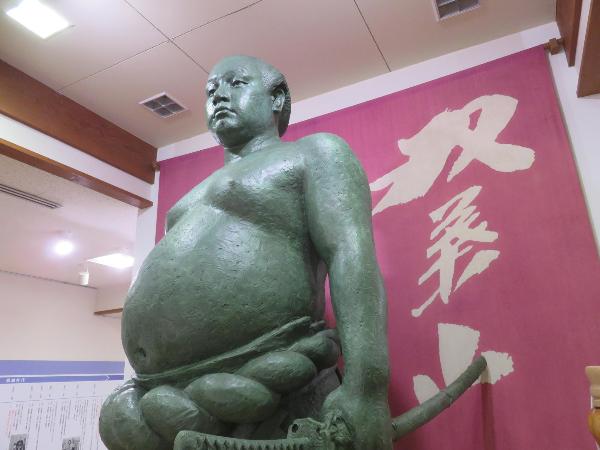
Statue of Futabayama
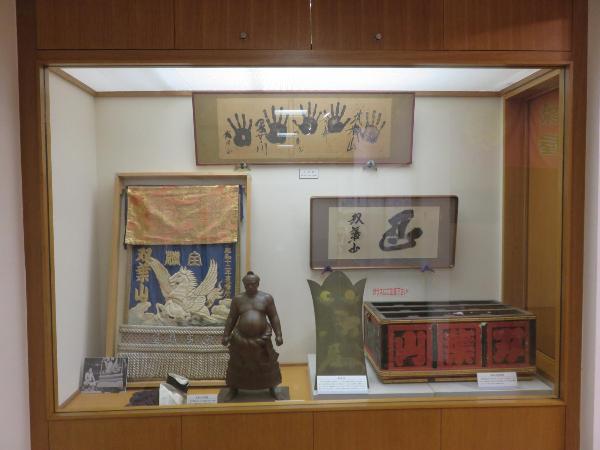
Embroidered kesho-mawashi and other preserved items
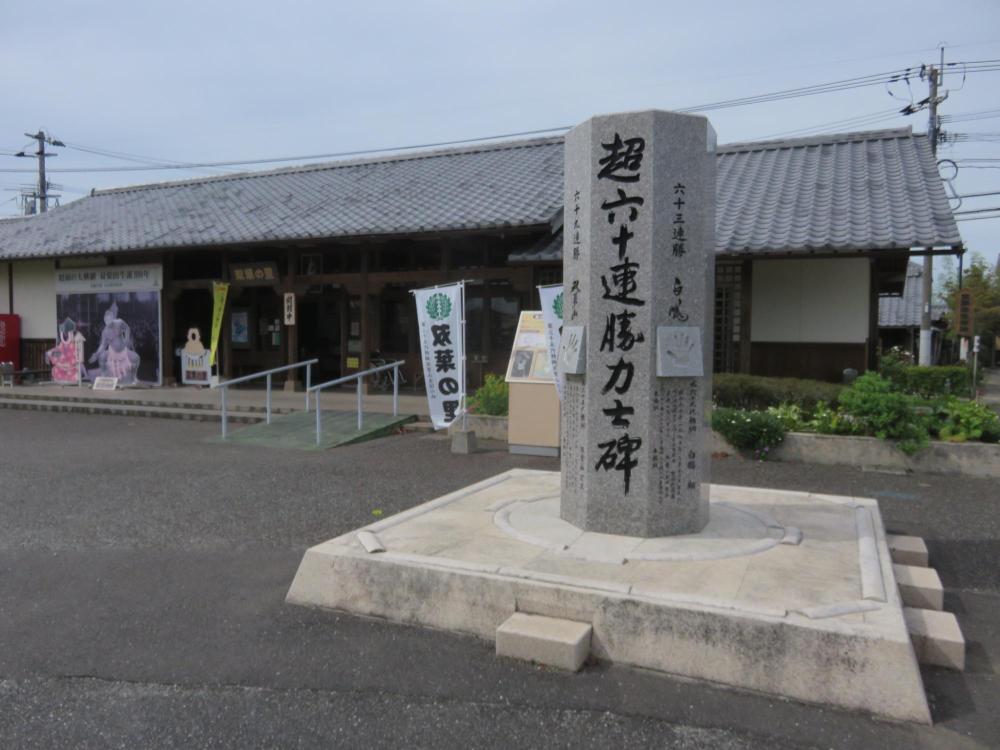
Futaba no Sato museum

This English-language text was created by Japan Tourism Agency.
- ページに関する評価
-







更新日:2024年03月18日